An Eye for Story
In a fast-paced world, Hark1karan focuses on the process of storytelling.
- Words By: Liam Boylan-Pett
- Images By: Hark1karan
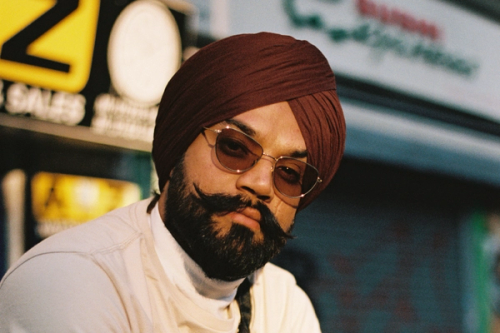
Scrolling through Instagram one recent weekend, Harkaran Singh (known as Hark1karan) saw a lot of photos from a music festival--sights of dancing crowds and performers on stage. Singh had been there, too. He even had his camera with him. His photos weren’t ready to share yet, though. They were still in the film roll, waiting to be dropped off at the camera shop to be developed.
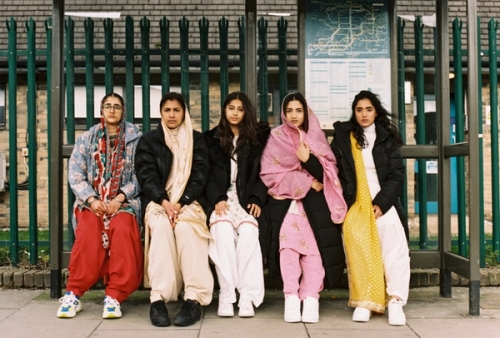
Haste is not the way Hark1karan operates. “On Instagram,” he says, “everything is lost after either a second or 24 hours. That’s it.” So, Singh focuses on his photos and what he’s hoping to capture, which, with film, is more limited. “I only have to take 36 pictures,” he says. “That allows me to concentrate on each photo.” Then, if he does happen to post a photo of the festival a week or two later, it will be a reminder for everyone that was there--a sort of short-term nostalgia.
Singh isn’t worried about when to tell a story, he simply wants to tell the best one he can.
Singh, who many believe is a full-time photographer even though he works for a marketing company, describes himself as a community photographer, focusing mostly on the Punjabi and Sikh communities he belongs to while exploring London culture and, “a few other things in between.”The publisher of the photobook, “Pind - Portrait of a Village in Rural Punjab,” Singh recently spoke with Article One about his artistic process and what he hopes to bring to light when he takes a photo or shares a story.

"Singh isn’t worried about when to tell a story, he simply wants to tell the best one he can."
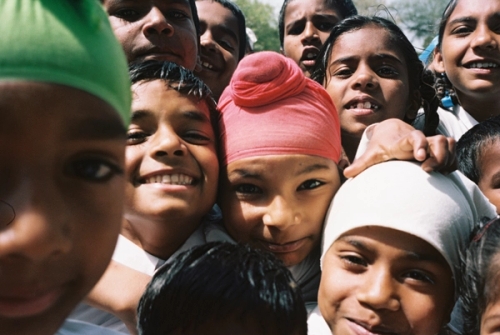
Article One: You have a full time job, so it cannot be easy to find time. How did you get started in photography and what drives your storytelling?
Hark1karan: To answer your second question first, I would say I think that any sort of creativity can help change the world. I want to show people something that they don't necessarily see. So I think that's quite powerful--and yes, I have a career--but I think using my tools and skills to share different stories and different things that are going on with people is what drives me to take pictures.
I'm quite a visual person. So if I go somewhere, once or twice, I can probably get there without a map, things like that. Photography was something I always understood. Some people can write, and not really have any problems with it and feel quite comfortable. For me, it probably takes longer to write something to explain it, whereas I could probably take five or six images, and explain it that way.
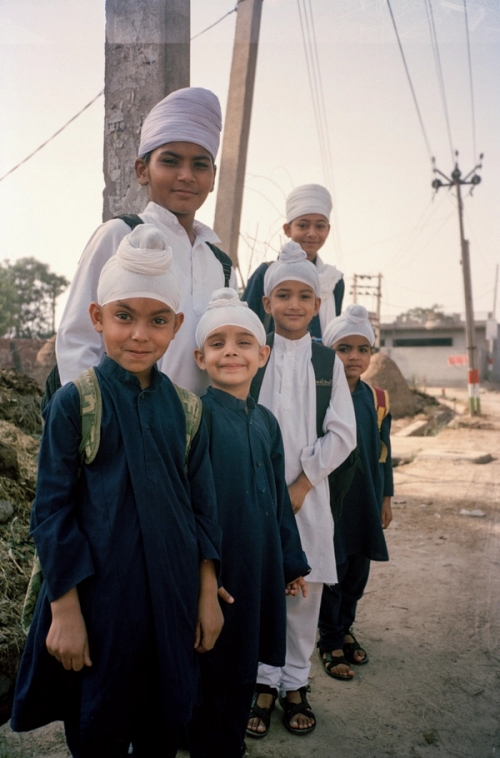
Article One: Your work often focuses on the culture of Punjabi and Sikh communities. What are you hoping to express with the stories you’re telling, and how do you find subjects for your work to tell those stories?
Hark1karan: There are many narratives online--whether in the media or in your social feed. And sometimes the dominant narrative isn't the majority narrative. In the things I like talking about and learning about, such as the Punjabi and Sikh communities, I've kind of noticed that there are these gaps that are missing in stories online, on social media. So for me, it's just finding people and stories in those gaps, and starting to tell multiple stories at the same time to tell a bigger picture. And I think as you go from person or story, another one develops. From there, you meet more people and learn more and things start to happen by themselves, organically.
And when I first really began some of my recent work, I started by capturing the dancers of Bhangra music, which is quite particular to Punjabi people. Meeting people there, especially younger people--people from all over the country that are on university teams and they compete--opened up a large network for me. And I think when you meet so many different personalities and you start following on social media, it opens up a whole new world. This person does this, that person does that, so kind of by default, I started meeting people. Someone's a model. Someone’s a singer. Someone's dentist or someone's into fashion and I guess things kind of grew from there.
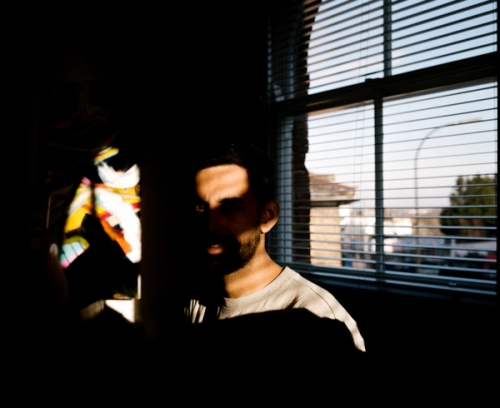
Article One: Your photography has range. Whether you’re taking a photo at a festival and capturing the energy or showing off the essence of a person with a portrait, there is an energy in your work. How important is it to you to be able to shoot different styles?
Hark1karan: I think that for me, telling a story, it’s more well-rounded and I get to learn things that I didn't expect if I’m trying out different styles. You learn things as you go along, you kind of realize, everyone's story is a human story, but just told from one perspective. Everyone is different. I shoot different styles because I want to capture people as they are--it's just kind of connecting that and humanizing people.
Article One: You also stick to your Punjabi and Sikh roots.
Harkaran Singh: I guess I feel like it's a bit of responsibility. And that's why I try to capture as many different people within what people would maybe identify as a Sikh or Punjabi. I know that one is a faith, one is cultural. So I understand the difference between the two, which is important, and it shows in my work. People message me and they say, “OK, yeah, this is us,” “this represents us,” or “we're proud of it.” It is important to me.
An inspiration for me was Toni Morrison, the writer. She always told the story from the perspective of a Black American. And then after that everyone else can kind of see it for what it is--not trying to do something for another group of people. So when people see my work--which is coming from someone that is part of the Punjabi and Sikh community, they come to it based on what they see, which is from my perspective. It is not compromising for anyone. What you’re seeing isn’t watered down--that's exactly what it is. I want to see things around the world, this is my way of sharing what’s in mine.
"You learn things as you go along, you kind of realize, everyone's story is a human story, but just told from one perspective."
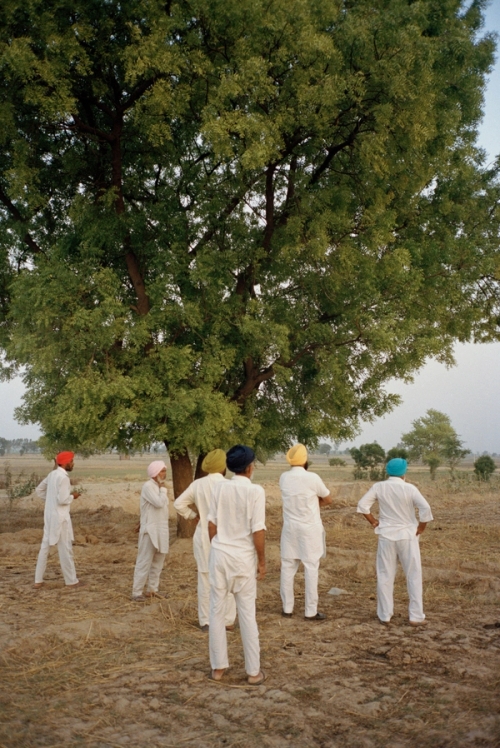
Article One: What is the best way to get at those stories you want the world to see?
Hark1karan: I photographed a group building a sound system at a home once. It’s something they often do. And it’s a skill that they have, because they live it every day. But they don't recognize that they have that skill. I, however, saw it and was amazed by it. So for me, it was just shining a light on them, and their story and letting them say what they have to say.
I guess I'm just trying to get to the truth of that story and letting it be told as organically as possible.
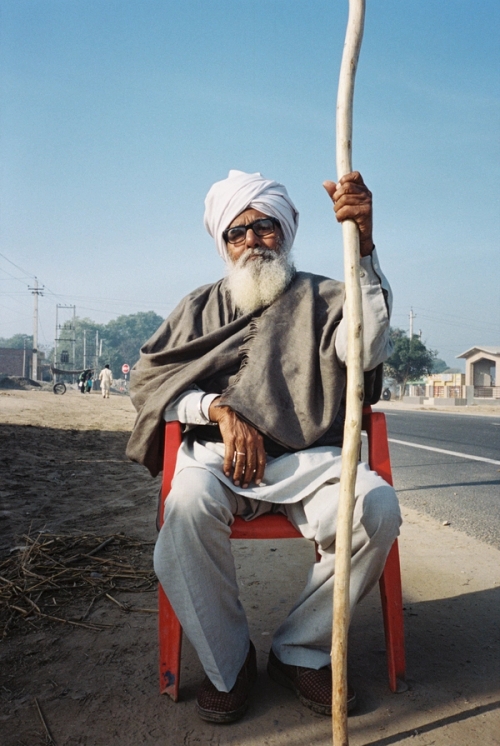
Article One: Your book, “Pind - Portrait of a Village in Rural Punjab,” was selected by multiple libraries throughout the United Kingdom and is now on the shelves across the county. Why do you think your book struck a chord with the people of Great Britain and beyond?
Hark1karan: I always try to make sure that I do things with a lot of ethics and morals. I always think to myself, Why am I doing this? Who am I doing it for? Am I doing it in the right way? And I've always thought, I want to capture something for the future. With my book, I always thought the reference for a culture is wherever it started, so I captured where my mom's from. That village, that's the reference point for the culture I wanted to capture. I think doing things with ethics and morals and doing it to share culture was what made people gravitate towards my book. And, and the universities or the libraries, reaching out, kind of acknowledges that and confirms that's what I've done.
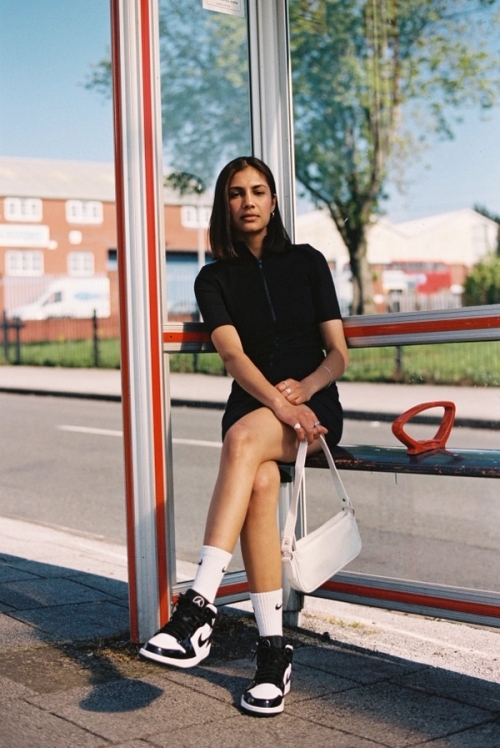
Article One: What do you hope someone who comes to your work for the first time will get out of it?
Hark1karan: I think with my work, people can hopefully see that there's not necessarily one way to go. And I hope it helps people question things and always be willing to keep moving.
In general, culture is a non-stop thing, and it moves so much. And people have to question themselves at certain times. What am I doing? Do I belong here?
But I think these are things that everyone does, and you have people who have fear over these things. My work, I hope, is an ongoing process of capturing certain things and people. I think it's a constant moving thing, this story I’m hoping to tell through all my work. And there's probably no end to it, but at some point it will converge into something.
"In general, culture is a non-stop thing, and it moves so much. And people have to question themselves at certain times. What am I doing? Do I belong here?"
